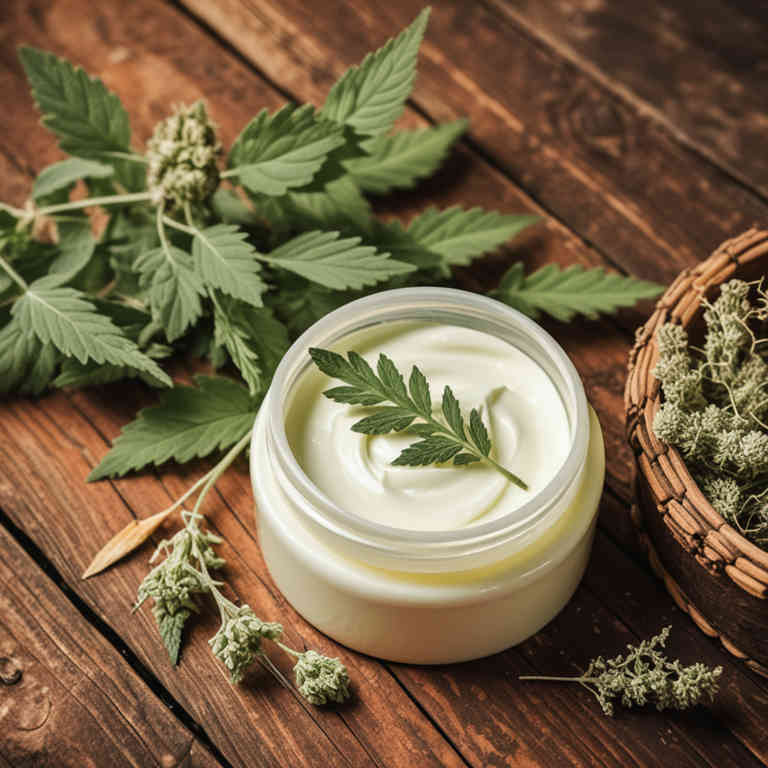Urtica dioica cream for medicinal use

Urtica dioica cream is a topical preparation made from the common nettle plant, which is known for its medicinal properties.
This cream is typically infused with the leaves and stems of Urtica dioica, which are rich in nutrients and bioactive compounds. In herbalism, it is used to soothe skin irritations, reduce inflammation, and alleviate symptoms of eczema or psoriasis. The preparation may also help with muscle pain and skin conditions due to its anti-inflammatory and astringent properties.
It is often recommended for external use only and should be applied carefully to avoid skin irritation.
Uses
Urtica dioica cream has been used to treat various skin conditions and inflammatory disorders for centuries.
Historically, it was employed in traditional medicine systems such as Native American and European herbal practices to alleviate rashes, eczema, and other skin irritations. The plant, commonly known as stinging nettle, was also used to reduce inflammation and soothe itching due to its natural anti-inflammatory properties. In modern times, Urtica dioica cream is often found in natural health products, where it is used for its potential benefits in reducing redness, improving skin texture, and supporting overall skin health.
Its continued use reflects a blend of traditional wisdom and contemporary scientific validation.
Benefits
Urtica dioica cream has health benefits such as reducing inflammation, soothing skin irritations, and promoting wound healing.
It is commonly used to treat eczema, psoriasis, and other inflammatory skin conditions due to its anti-inflammatory properties. The cream contains compounds like polyphenols and flavonoids that help combat oxidative stress and support skin health. It may also aid in alleviating symptoms of arthritis by reducing joint inflammation.
Overall, Urtica dioica cream is a natural remedy that offers multiple therapeutic benefits for both skin and systemic health.
Constituents
Urtica dioica cream active constituents include compounds such as polyphenols, flavonoids, and omega-3 fatty acids, which contribute to its therapeutic properties.
These components work synergistically to reduce inflammation and support skin health. The cream is often used for its soothing effects on irritated or inflamed skin. It may also help in managing conditions like eczema and psoriasis due to its anti-inflammatory and antioxidant properties.
Overall, Urtica dioica cream is valued for its natural ability to promote healing and alleviate skin discomfort.
Preparation
To make Urtica dioica cream, first gather fresh or dried stinging nettle leaves and rinse them thoroughly.
Next, blend the leaves with a small amount of water until you achieve a smooth pulp. Strain the mixture through a cheesecloth to remove any solid particles, then add a base such as coconut oil or a carrier oil to create a creamy consistency. Finally, mix in a few drops of essential oil like lavender for added soothing properties and store the cream in a cool, dark place.
This preparation can help soothe skin irritations and reduce inflammation due to the anti-inflammatory compounds in Urtica dioica.
Side Effects
Urtica dioica cream may lead to skin irritation, redness, or a burning sensation, especially in individuals with sensitive skin.
It is derived from nettle leaves and is often used for its anti-inflammatory and pain-relieving properties. However, some people may experience allergic reactions, including itching or hives. Prolonged use could potentially cause skin thinning or increased sensitivity.
It is important to consult a healthcare professional before using this preparation, especially if you have existing skin conditions or are on medication.